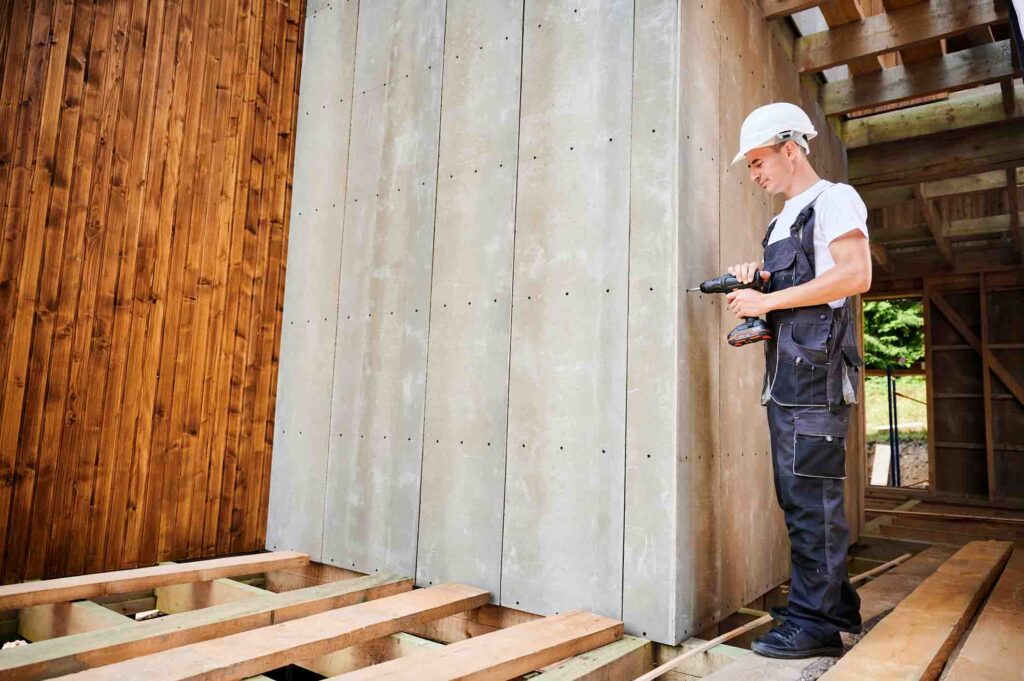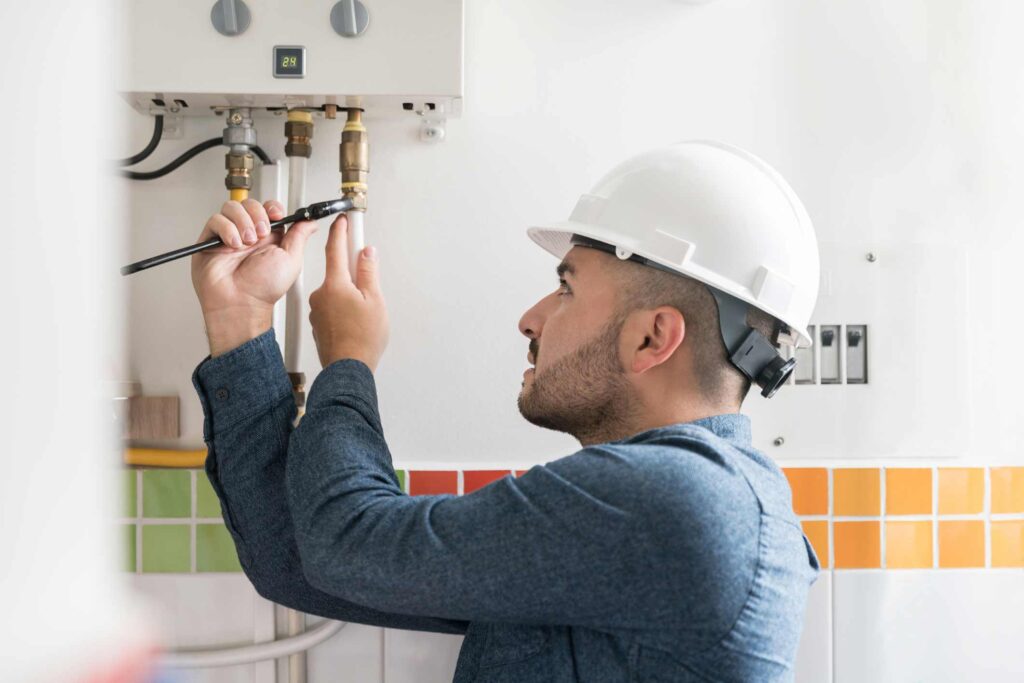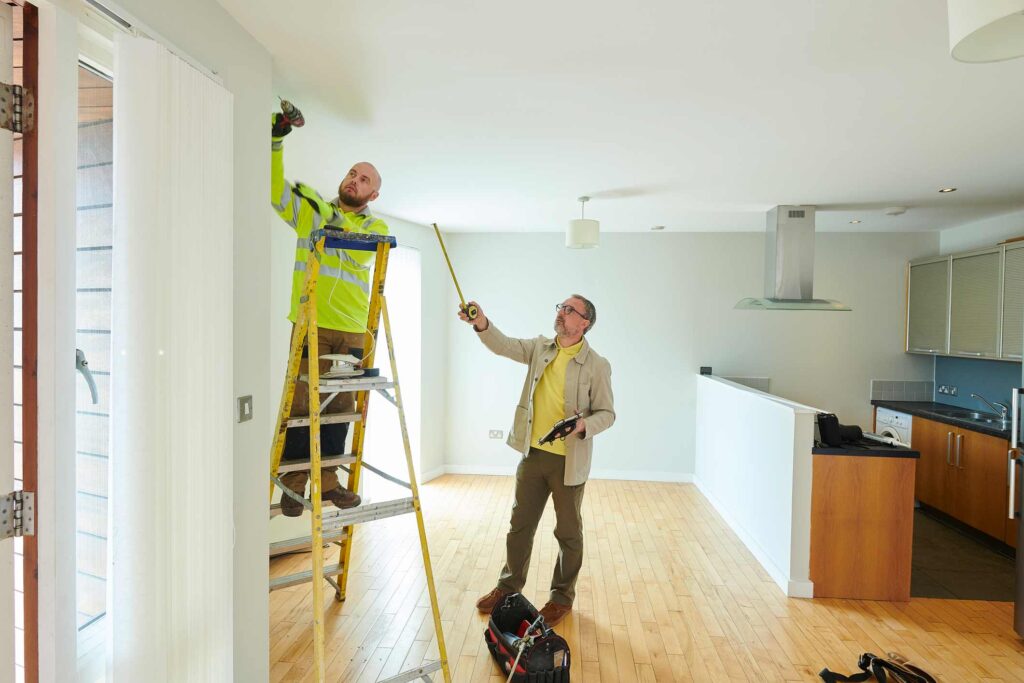The fitness industry is evolving faster than ever driven by advances in technology, shifting client needs, and fresh training formats that challenge the status quo. Whether it’s AI-driven workouts, recovery-based training, or community-focused events, staying on top of these trends isn’t just a nice-to-have—it’s a competitive edge.
If you’re a personal trainer or fitness instructor looking to attract new clients, keep existing ones engaged, or future-proof your services, this guide is for you. We’ve broken down some of the most exciting fitness trends gaining momentum in 2025 and grouped them into actionable categories. Whether you run 1-to-1 sessions, group classes, or hybrid programs, you’ll find plenty of inspiration to keep your offering fresh and future-ready.
Mind-body & recovery-inspired trends

Hybrid strength & mindfulness classes
Hybrid classes that blend strength training and mindfulness practices have gained traction over the past few years, especially post-pandemic, as people seek a balance between physical exertion and mental well-being. A typical session may begin with compound lifts or kettlebell circuits and finish with breathwork, stretching, or a short meditation. This kind of integrated training helps clients improve performance, recover faster, and reduce stress levels.
Popular with: Professionals, stressed-out parents, wellness-focused clients.
Tips to incorporate: Upskilling with CPDs in mindfulness or yoga and integrating short breathwork flows after strength sessions.
Flow State sessions
Flow State is part of a growing trend of holistic wellness that merges movement with mental clarity. These sessions typically include 15-20 minutes of mobility or light flow-based training (inspired by yoga or primal movement), followed by guided breathwork and 5-10 minutes of journaling. They tap into the same audience that attends sound baths or mental wellness workshops.
Popular with: Burned-out professionals, mental health-conscious clients.
Tips to incorporate: Running morning or Sunday reset sessions in studios or parks with mats and music. Great for retreats, too.
Sound bath recovery sessions
Originally used in wellness and yoga communities, sound baths have become increasingly popular as a recovery tool for active populations. Using instruments like singing bowls, chimes, or gongs, these sessions help stimulate parasympathetic nervous system activity (the rest-and-digest state), promoting deep relaxation and recovery. They’re often used as a recovery complement to intense training programs or stressful lifestyles.
Popular with: Yoga-goers, high-stress clients, wellness seekers.
Tips to incorporate: Partnering with a local sound healer or learning the basics yourself through short courses.
Digital & tech-enhanced training

Virtual Reality fitness (VR Workouts)
VR fitness started picking up momentum in the late 2010s, but now it’s becoming mainstream with accessible apps and affordable headsets. Platforms like FitXR, Supernatural, and Les Mills XR turn fitness into immersive gaming experiences—from boxing and dance to full-body HIIT. It offers a fun, motivating, and often social way to train at home or in a gym with a VR area.
Popular with: Younger clients, gamers, busy professionals wanting fun ways to move.
Tips to incorporate: Creating hybrid programs or remote support packages around VR fitness.
AI-supported training
AI in fitness is no longer futuristic – it’s here. From form correction via smart mirrors to adaptive plans that adjust based on client feedback or wearable data (e.g., heart rate variability, sleep patterns), AI can make coaching more efficient and personalised. This trend complements online coaching models and is often bundled with monthly app-based support.
Popular with: Data-driven clients, athletes, biohackers.
Tips to incorporate: Integrating wearables into your coaching or offering a monthly digital coaching package using AI support tools.
Creative movement & dance fusion
Dance-based fitness fusions

Dance fitness is evolving with vibrant and culturally influenced fusions. These classes combine cardio, rhythm, and fun in formats that feel more like parties than workouts:
- Afrobeats HIIT: Rhythmic, high-energy cardio
- K-Pop Cardio: Fan-favourite routines for Gen Z
- Clubbercise: Glow-stick dance raves in the dark
- Ballet Bootcamp: Strength meets elegance
Popular with: Party lovers, dancers, Gen Zer’s.
Tips to incorporate: Hosting themed evening classes or streaming sessions online. Partner with dance instructors if needed.
Aquatic & recovery-based fitness
Aqua boxing & deep water HIIT
Aquatic training has long been used in rehab and senior fitness, but new formats like aqua boxing bring a high-energy twist. Clients wear aqua gloves or resistance gear and follow boxing combos, agility drills, or plyometric-style movements in the water. The water’s resistance provides strength training, while buoyancy reduces joint stress. Think of it as HIIT meets hydrotherapy.
Popular with: Rehab clients, older adults, those with joint issues or recovering from injury.
Tips to incorporate: Running sessions at local leisure centres or hotel pools. You’ll likely need water fitness or lifeguard certification.
Functional performance & playful training
Parkour fitness (for adults!)
Parkour, once a niche activity for adrenaline junkies, is being adapted into gym-friendly formats with safety in mind. Adult parkour focuses on vaults, climbs, balance, and jumps using soft equipment and modular setups. It improves body awareness, coordination, and mental agility, similar to functional fitness but with a playful edge.
Popular with: Adventurous adults, urban clients, ex-athletes.
Tips to incorporate: Using soft equipment, obstacle-style gym layouts, or collaborating with parkour specialists.
Weighted vests for functional conditioning
Weighted vests are enjoying a resurgence, especially among outdoor training groups and minimalist trainers. They add resistance to bodyweight training, perfect for incline walks, circuits, or even yoga. Unlike dumbbells or kettlebells, they allow for a more natural movement pattern.
Popular with: Outdoor training groups, military-inspired bootcamps, athletic clients
Tips to incorporate: Offering progressive vest-based training blocks and educating clients on safe use.
Experience-based fitness

Fitness festivals & pop-up events
Fitness festivals blend movement, community, and lifestyle, offering an all-day experience that might include HIIT, yoga, wellness talks, food stalls, and DJ sets. These events are an amazing brand-builder and help you reach new audiences who value both social connection and health.
Popular with: Millennials, group fitness fans, brands looking to partner
Tips to incorporate: Partnering with other PTs, DJs, and wellness vendors. You can host these quarterly or as seasonal specials.
What to consider before launching a new trend

1. Qualifications & Insurance
Ensure you’re trained to deliver the session and covered legally. Many trends require CPDs or updates to your insurance policy.
2. Safety
Always do a risk assessment. Whether you’re rebounding on trampolines or boxing in water, know the limits of your space and clients.
3. Know your clients
Trendy doesn’t mean relevant. Consider their goals, ability, and personality before introducing something new.
4. Cost vs Value
Some ideas (like VR or weighted vests) require investment. Start small and scale up once you validate the demand.
5. Authenticity
Only offer what you genuinely enjoy and believe in. Clients can feel your enthusiasm—or lack of it.
Final thoughts
There’s no shortage of exciting ideas to explore in the coming year. Whether you’re introducing tech to your coaching, turning recovery into a revenue stream, or offering fun new formats like dance fusions or parkour, these trends can energise your business and inspire your clients. The key is to experiment with intention and to never stop learning.
Get Personal Trainer Insurance from Protectivity

Get Personal Trainer Insurance from Protectivity
Whatever training approaches you implement as a PT having suitable personal trainer insurance in place is necessary to cover your clients’ safety and your own. That’s because you never know what might happen, whether it’s an accident or injury to a client, an injury that prevents you from working, or loss, theft or damage to your equipment. If you own a gym, we also offer gym insurance to cover your property.
Protectivity has years of experience insuring personal trainers just like you. Our cover includes personal injury, equipment cover, public liability, and employer’s insurance if you run a business that employs other people. With our affordable, flexible policies, you can take your business to the next level with confidence that you aren’t at risk of long-term financial stress.
Take a closer look at our affordable, flexible personal trainer insurance policies, compare prices when you get a quote online.
*Disclaimer – This blog has been created as general information and should not be taken as advice. Make sure you have the correct level of insurance for your requirements and always review policy documentation. Information is factually accurate at the time of publishing but may have become out of date.
Last updated by




























